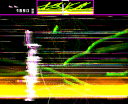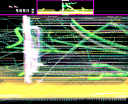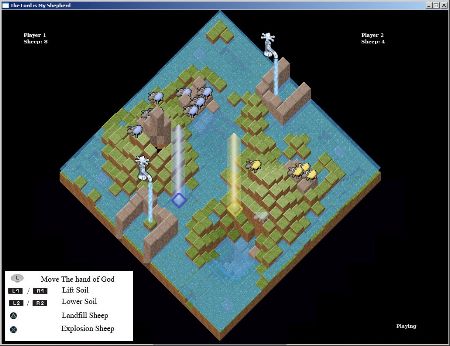In San Fransisco for the Game Developers Conference.
I wonder what the mood will be like this year. I think GDC ’05 was all about next-gen worries, ’06 was more about prototyping, and ’07 will be … what?
I guess most people will be happy about the Wii (innovation, smaller budgets), but that the big issue remains the platform holders controlling what games get in. Casual games and downloads in general remain the big hope, but how high can you go?
*
My session this year is the MetaGame: A Battle of Videogame Smarts, which is all about discussing games with a pretty cool group of people:
The Metagame: A Battle of Videogame Smarts
Speaker: Frank Lantz (Creative Director, area/code), Eric Zimmerman (CEO, Gamelab), Warren Spector (PRESIDENT, JUNCTION POINT STUDIOS), Marc LeBlanc, Jesper Juul (Video Game Theorist/Assistant Professor, IT University of Copenhagen), Clint Hocking (Creative Director, Ubisoft Divertissements Inc), Jonathan Blow, Tracy Fullerton (Professor, University of Southern California)
Date/Time: Friday (March 9, 2007) 9:00am ? 10:00am
Session Description
Which game is more beautiful: Asteroids or Virtua Fighter? Is Sim City more innovative than Super Mario 64? Does Grand Theft Auto tell a better story than Planetfall? If you have ever discussed, fought over, or even just thought about questions like these, then you are ready to experience The Metagame. Combining a game show format with boardgame strategy and lively debate, The Metagame pits two teams of game experts against each other to debate and discuss vital questions of game aesthetics.
In this contest of strategy and smarts, our teams of game developers, critics, and theorists have to decide which games are more elegant, more influential, a better way to waste 10 years, or a better way to waste 10 minutes than others. When disagreement erupts, teams will challenge each other to debate the best answer but the audience will make the final decision.





